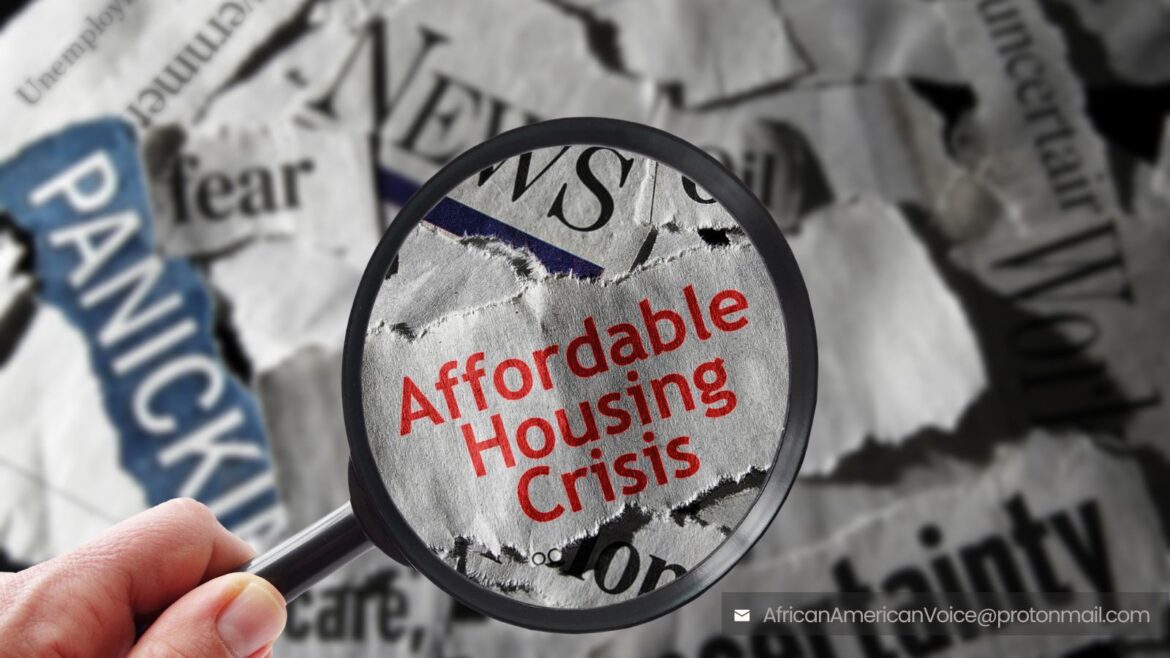More Than 12M Families Now Pay Half Their Income on Housing
by
A new report on rental housing from Harvard’s Joint Center for Housing Studies (JCHS) makes clear why so many people are dissatisfied with the nation’s economy. Released in late January, the report — “America’s Rental Housing 2024” — documents how ever-rising rental costs are burdening people in every state of the country.
In 2022, a record high of 22.4 million cost-burdened renter households rose by two million families since 2019. Affordable housing should cost no more than 30% of total household income.
“Median rents have risen nearly continuously since 2001 in inflation-adjusted terms and are 21 percent higher as of 2022,” states JCHS. “Meanwhile, renters’ incomes have risen just 2 percent during the same period. … Among cost-burdened households, 12.1 million had housing costs that consumed more than half of their income, an all-time high for severe burdens.”
Ironically, according to the report, cost-burdened renters include people with full-time jobs with a span of incomes that some may find surprising.
While all income groups had increasing cost-burden rates from 2019 to 2022, middle-income renters making $45,000 to $74,999 saw their cost-burdened share rise the fastest with a 5.4 percentage point increase to 41%. Additionally, 8 million cost-burdened households were headed by a full-time, year-round worker.
Among the 14.6 million renter households comprising the working poor — those earning $30,000 or less each year — had median cash savings of just $300 and total net wealth of only $3,200. They were also the most likely to live in substandard housing with multiple problems such as structural deficiencies, a lack of upkeep, or the inconsistent provision of basic features such as hot and cold running water, heat, and electricity. Households with lower incomes and households of color are disproportionately exposed to substandard conditions.
Long-standing federal programs like HUD’s Housing Voucher Program, better known as Section 8, were intended to provide sanitary, standard housing for low and middle-income families. But today’s reality reveals a much different experience.
“Nationwide, states and cities also generate about $3 billion annually through housing trust funds to meet local housing needs,” states the report. “All of these efforts are crucial but fall short of the growing need. … In 2022, just 7.2 million units had contract rents under $600 — the maximum amount affordable to the 26 percent of renters with annual incomes under $24,000. This marks a loss of 2.1 million units since 2012, when adjusting for inflation. The spike in asking rents during the pandemic accelerated the trend, with more than half a million low-rent units lost just between 2019 and 2022.”
For Diane Yentl, president and CEO of the National Low Income Housing Coalition, the nation’s dearth of affordable housing is at a crisis level.
“Without affordable, available housing options and higher incomes, more than 10 million of America’s lowest-income households, disproportionately people of color, pay at least half their income on rent and utilities,” said Yentl in a recent statement. “With so much money going to keep a roof over their heads, renters with the lowest incomes are forced to live precariously, always one unexpected expense — for a broken-down car or unreimbursed medical bill — away from housing instability, eviction, and, in the worst cases, homelessness. Yet Congress only provides housing assistance to one in four eligible households.”
The JCHS report reached a similar conclusion:




